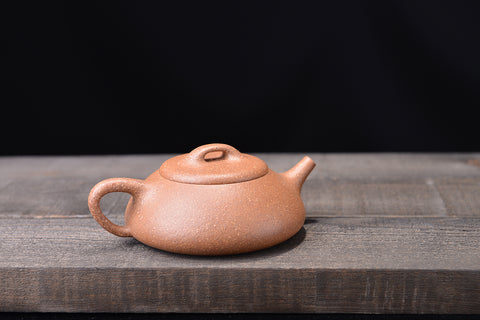
Shi Potian talks about purple sand: the patina of purple sand introductory knowledge
Share
"Painting" is actually "gloss". It is a special kind of luster, which refers to a layer of luster on the surface of utensils (such as: tea stains, tea oil). Due to the difference in density between the inside and outside of the pot (characteristics of handmade pots), the tea soup gas molecules are adsorbed by the open pores produced when heated.
Generally, after long-term use, such a layer of natural luster will be formed on the surface of utensils, which is the so-called "patina". It can also be said that the patina is slowly polished by the passage of time on the millstone of time. The faint glossy surface is extremely subtle, and it is difficult to distinguish without careful observation.
The patina is lustrous, subtle and warm, quiet and unobtrusive, giving people a touch of kindness, like an ancient gentleman, modest and kind, and you can always feel the spring breeze when you touch it. It is in line with the education of a Confucian.
If it is a brand new utensil, there will be no "paste" on the surface, but the most common luster, which is sharp at first glance, like a cultural businessman who is good at boasting and showing off to the world. To describe it with a special vocabulary, it is called It is called "thief light" and "monk light".


